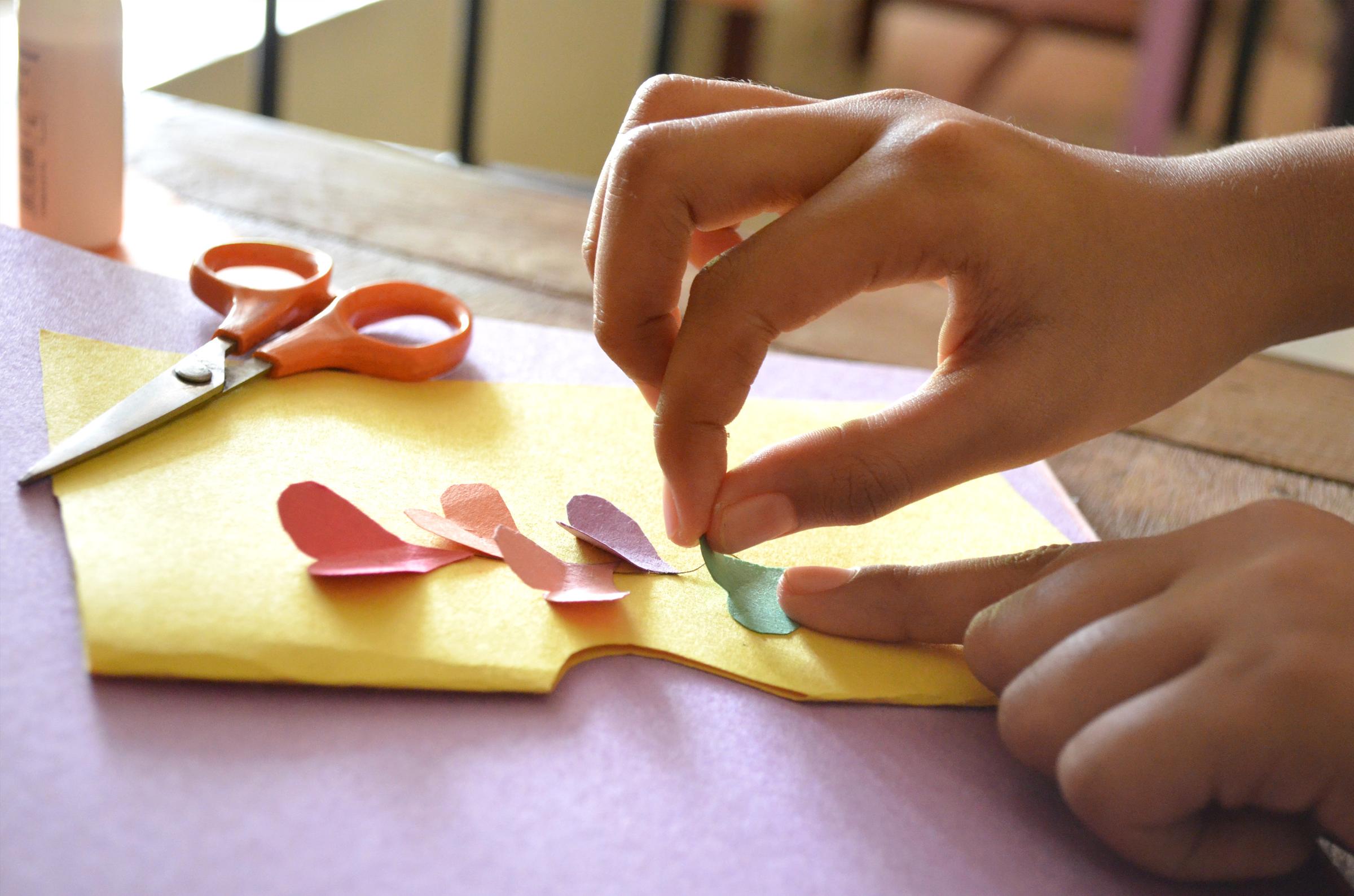Teaching and Learning

Remote Learning
The following guidelines will support our students transitioning to learning online this week.
• Daily tasks will be delivered to students through SeeSaw (F-2) and Showbie (3-6).
• Learning will be available to students by 7:00am on the day that the learning is to occur.
• Students will be expected to submit no less than two pieces of completed work each day.
• Reading, Writing and Numeracy lessons are the focus for submissions.
• Classroom teachers will provide feedback on two pieces of work in the areas of Reading, Writing and Numeracy per week to support individual student learning.
• Classroom teachers will connect with their students through Learning Conferences (via Webex) twice per week during Weeks 3 & 4.
Learning from Home
We continue to be thankful to our families who are able to support learning from home for their children.
Please remember that you are not expected to be the teacher. The most important thing you can do is to continue to provide comfort, support and encouragement to your child.
You can assist with learning from home by working with your child’s teacher/s and supporting your child as they undertake the activities provided.
You can support your child when learning from home by…
• having a routine and setting expectations
• making sure your child has a space to work in
• providing a level of supervision suitable to your child’s stage of development and individual needs
• monitoring communications from teachers
• checking in with your child often to help them manage and pace their work
• monitoring how much time your child is spending online.
We understand that every home is different but it’s important to provide a quiet and comfortable space in which your child can focus on their learning. Where possible, learning should take place in a space your family shares. For example, a lounge room, dining room or study. These spaces are preferable over a bedroom, where your child can feel isolated and supervision can be more challenging.
Your child’s learning space at home should be a place:
• that can be quiet at times
• that has a strong internet signal, if possible
• where an adult is present, as you would normally when your child is online, dependent on age.
Learning Onsite
Please be assured that the children that are learning onsite are experiencing the same delivery of online learning as our students that are learning remotely from home. And, for this reason, if your child is learning onsite they are required to bring their reader satchel and any other requirements to support their learning each day.
We understand that every home is different but it’s important to provide a quiet and comfortable space in which your child can focus on their learning. Where possible, learning should take place in a space your family shares. For example, a lounge room, dining room or study. These spaces are preferable over a bedroom, where your child can feel isolated and supervision can be more challenging.
Your child’s learning space at home should be a place:
that can be quiet at times
that has a strong internet signal, if possible
where an adult is present, as you would normally when your child is online, dependent on age.
